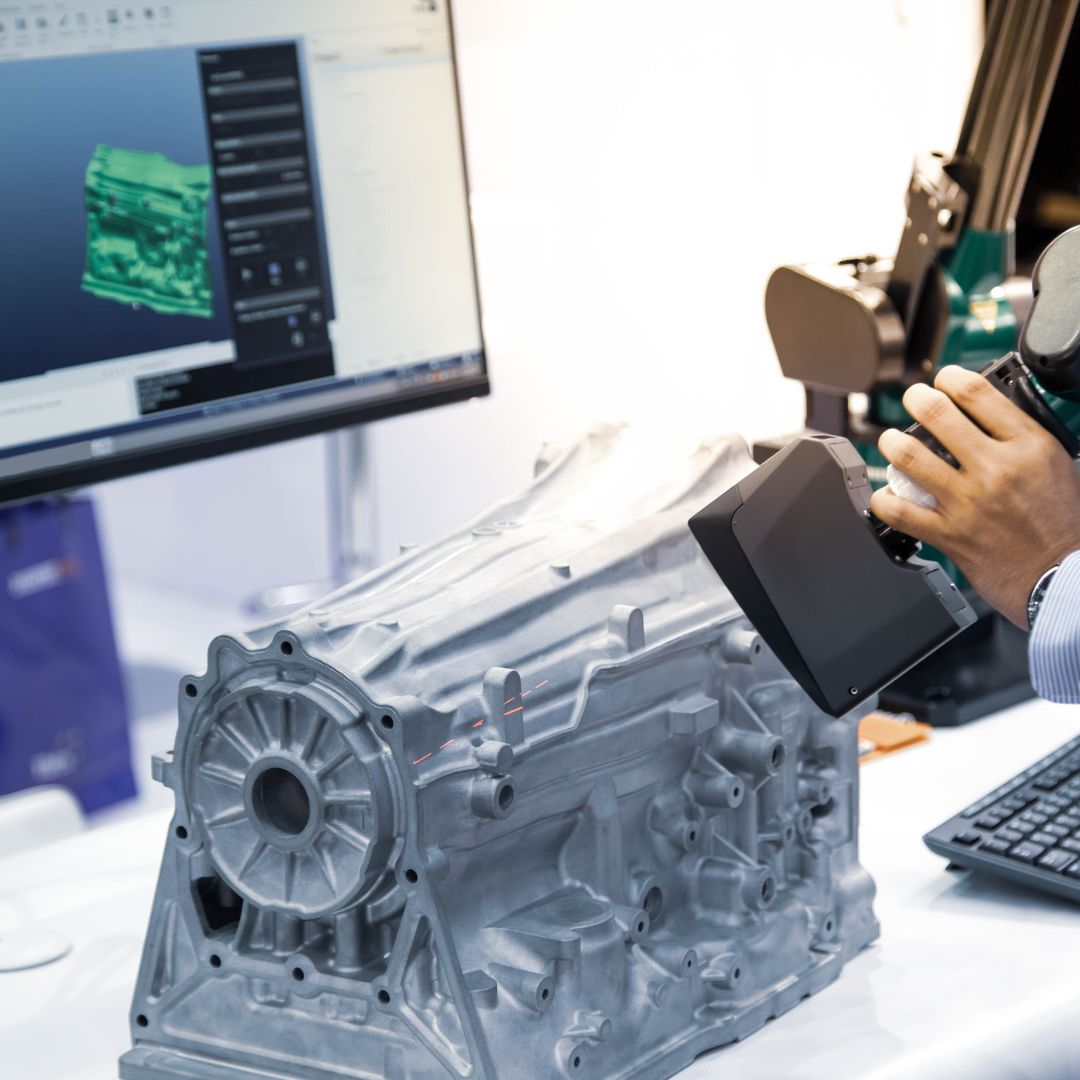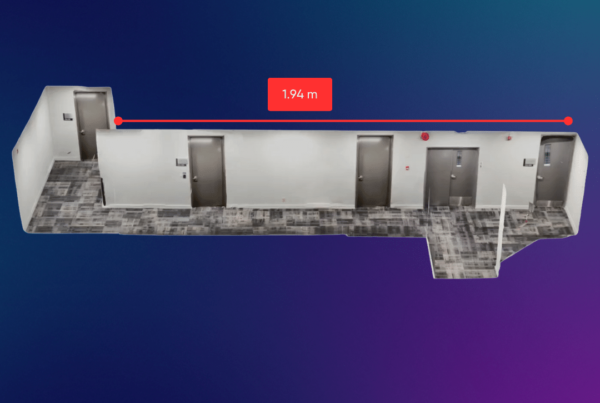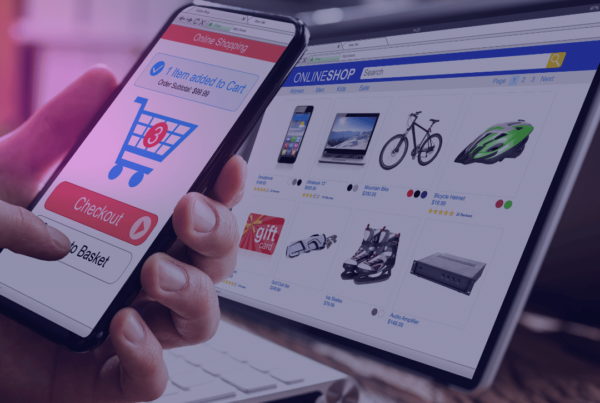A Digital Twin is a virtual representation that replicates a physical object or process over some time. Digital twins help auto manufacturers test their vehicles before they make it onto a testing track or physical roadways. Before entering the market, vehicles must undergo several mandatory design and control stages. Initially, designers model the vehicle’s exterior and interior before designing its components.
Using a Digital Twin, you can simulate the existence and functionality of various systems and provide valuable insight into their compatibility, performance, and interoperability.
The automotive & transportation industry is expected to account for the largest share of the global digital twin market by 2027. This is primarily due to the increasing usage of digital twins in vehicle designing, simulation, maintenance, repair, overhaul, production, and after-service.
What are the digital twin automotive use cases?

Product testing: A digital twin helps determine a product’s quality and performance by virtually experimenting with different compounds and raw materials.
Employee training: Companies can set up a digital twin of their factory infrastructure and train workers remotely without installing the equipment physically.
Sales: Digital twin technology allows companies to show their products to potential customers before they are released to the market and will enable them to give feedback on new features.
Digital Twins enable businesses to reduce maintenance costs, improve productivity, and speed up production lines.
How Luxolis can help your business
3D Data Capture
Building a safe and high-quality vehicle requires excellent scan data. Using high-resolution 3D models changes the game for automakers. By using Luxolis 3D Scan App, automakers can capture full-field and accurate 3D data of automotive parts.
Luxolis OpenAir3D Features:
- Scanning
- Modifying
- Visualizing
- Measuring
- Sharing
- Tagging & Commenting




